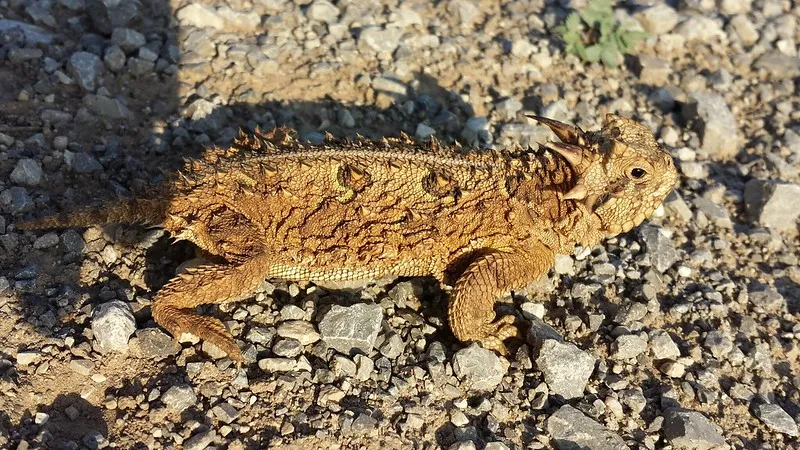- Black bears are now common in the Chisos Mountains—keep your distance and never feed them.
- Javelinas travel in squadrons and are often mistaken for pigs, but they are not related.
- Over 450 bird species migrate through Big Bend, making dawn and dusk prime birdwatching times.
- Roadrunners, red-tailed hawks, and rattlesnakes are frequently spotted—stay alert on trails and roadsides.
- Best wildlife viewing spots include Rio Grande Village, Dugout Wells, and Santa Elena Canyon.
- Always keep safe distances, avoid hiking alone, and never feed animals—including farm animals in the park.
Big Bend National Park blends the Rio Grande, Chihuahuan Desert, and Chisos Mountains into diverse habitats. This unique mix supports abundant wildlife, from local species to migrating animals. Here’s your guide to what you might see in West Texas.
Common Mammals in the Park
Big Bend hosts 75 mammal species. Many thrive in the cooler, wetter Chisos Mountains—an isolated “Sky Island” with wildlife found nowhere else nearby.
Desert bighorn sheep, elk, and mountain lions are all found in the park, but in relatively small numbers. But the mammals below are fairly easy to spot.
Black bears
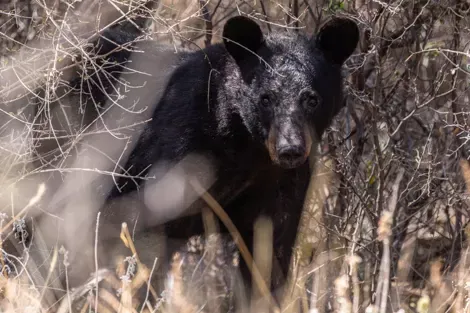 NPS Photo
NPS Photo
Black bears were once nearly gone from Big Bend National Park, but have made a remarkable comeback and are now commonly found. They mostly stick to the canyons and cliffs of the Chisos Mountains, but occasionally wander down to the desert as well.
Javelinas
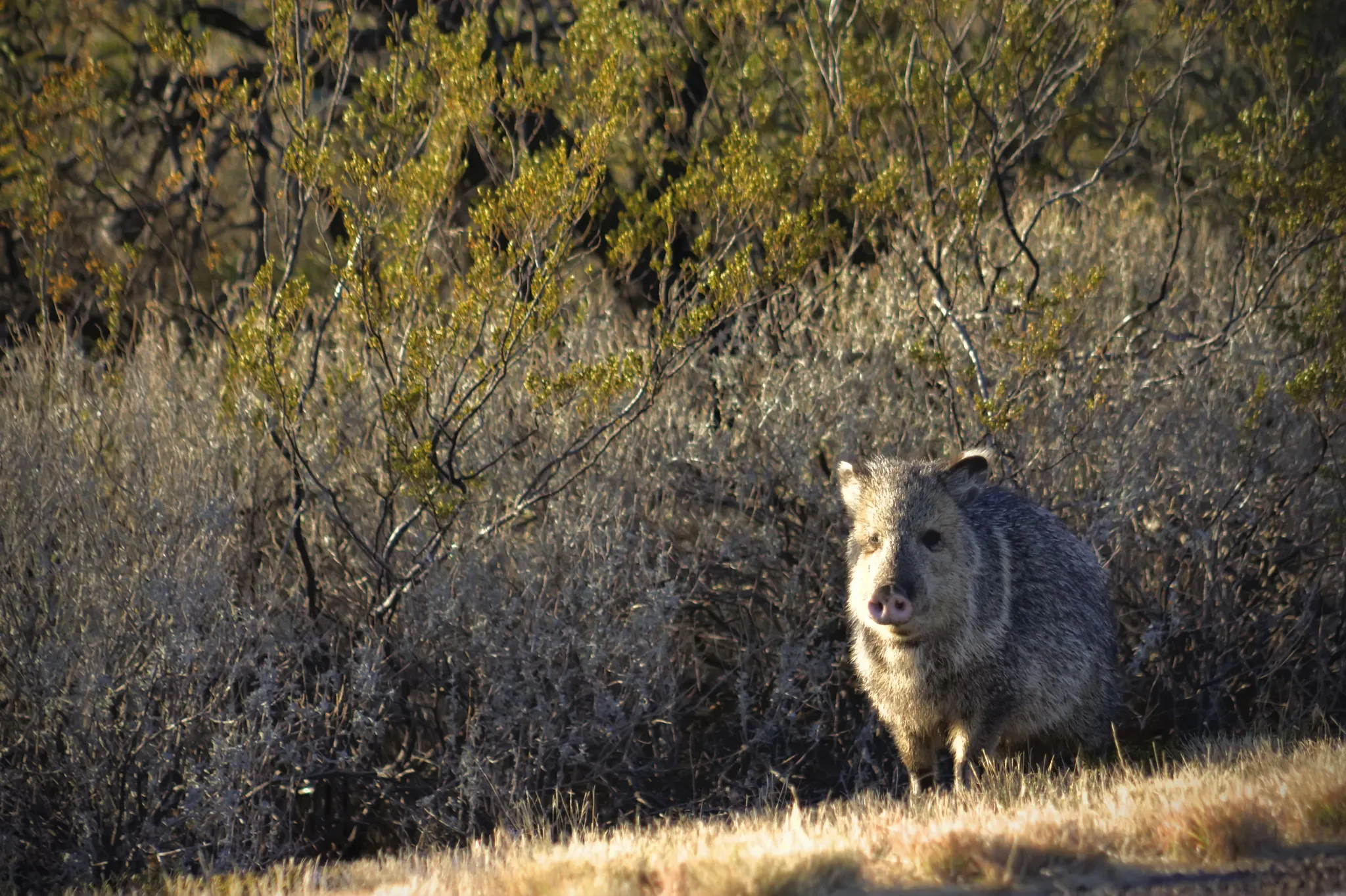 Image from Flickr by Steve Davies
Image from Flickr by Steve Davies
Also called collared peccaries, javelinas are often mistaken for wild hogs because of their size, snouts, and hooves, but they’re actually not related to pigs at all. They travel in groups called squadrons.
Ringtails
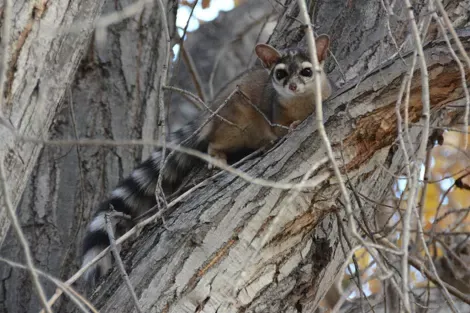 NPS Photo
NPS Photo
These nocturnal mammals look like a cross between a cat and a raccoon. In fact, their nickname is ‘miner’s cat’ because miners used to keep them as pets.
Farm animals
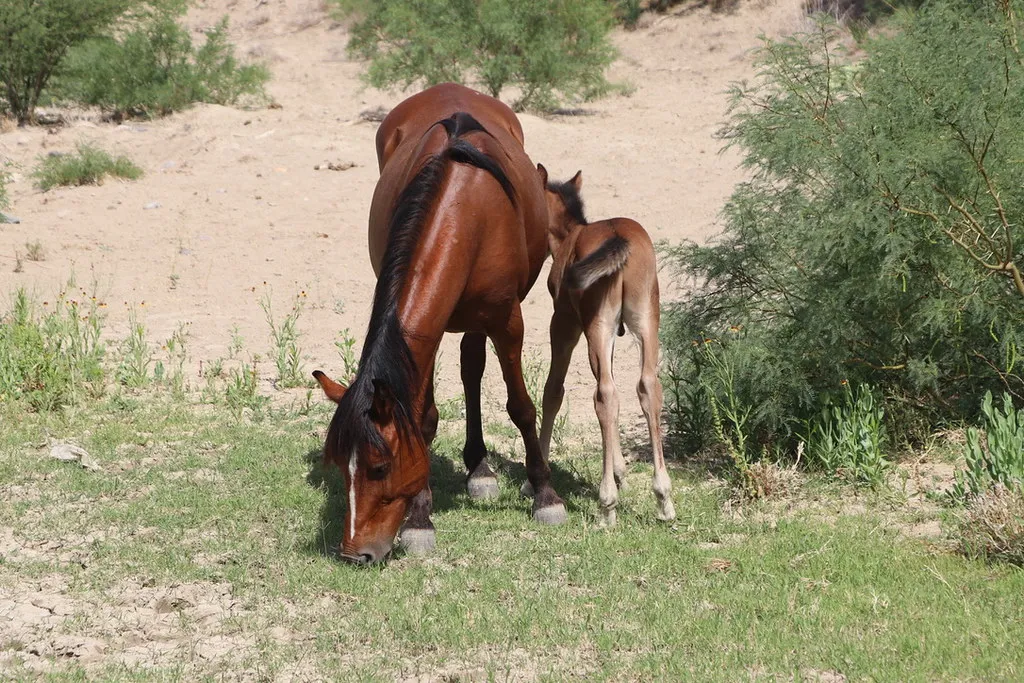 Image from Flickr by Navin Rajagopalan
Image from Flickr by Navin Rajagopalan
That’s right! It’s not unusual to see cattle and horses making themselves at home in the park. These are domesticated animals that wander into the park from nearby ranches. Additionally, invasive Barbary sheep, imported to nearby ranches, have escaped their homes and wander into the park as well.
Birdwatching and Reptile Encounters
Big Bend hosts over 450 bird species—the most of any U.S. national park. Seasonal migrations, diverse ecosystems, and the Rio Grande make it a prime stopover, though only about 50 species remain year-round.
Likewise, there is a large variety of reptiles as well, including turtles, lizards, and snakes. 31 species of snakes are found in Big Bend, including 4 species of rattlesnakes.
Roadrunners
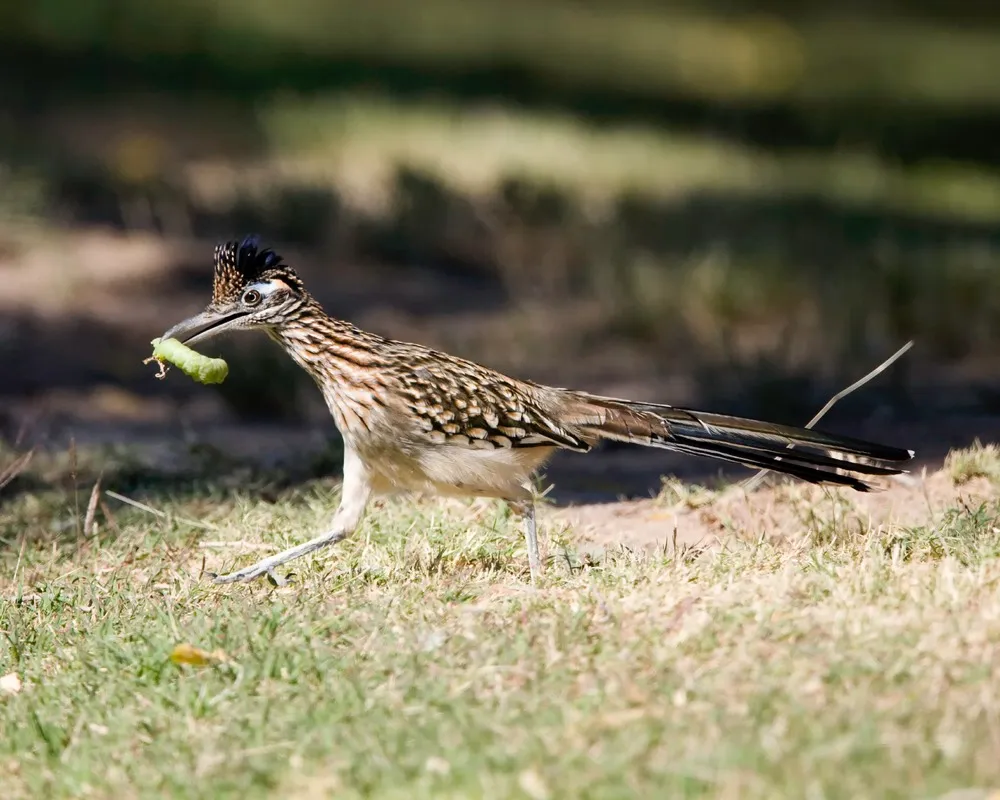 NPS Photo
NPS Photo
This iconic bird is found all over the park. About the size of a skinny chicken, roadrunners are known to swallow snakes whole. And true to form, they can sprint at 15 miles per hour.
Red-tailed Hawks
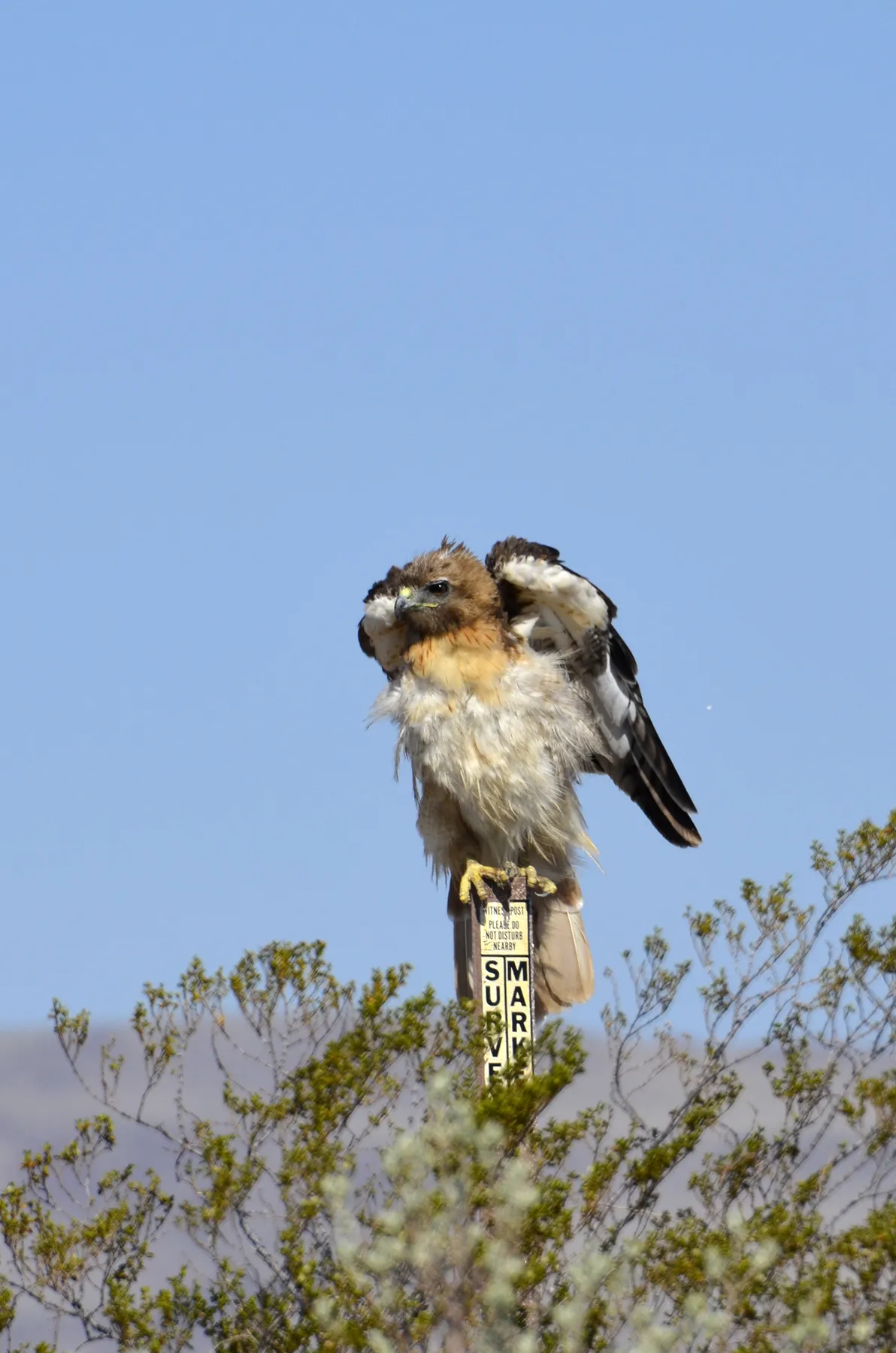 NPS Photo
NPS Photo
Scan the sky and you might see a red-tailed hawk gliding over the desert, in search of rabbits and small mammals to prey upon.
Western Diamondback Rattlesnake
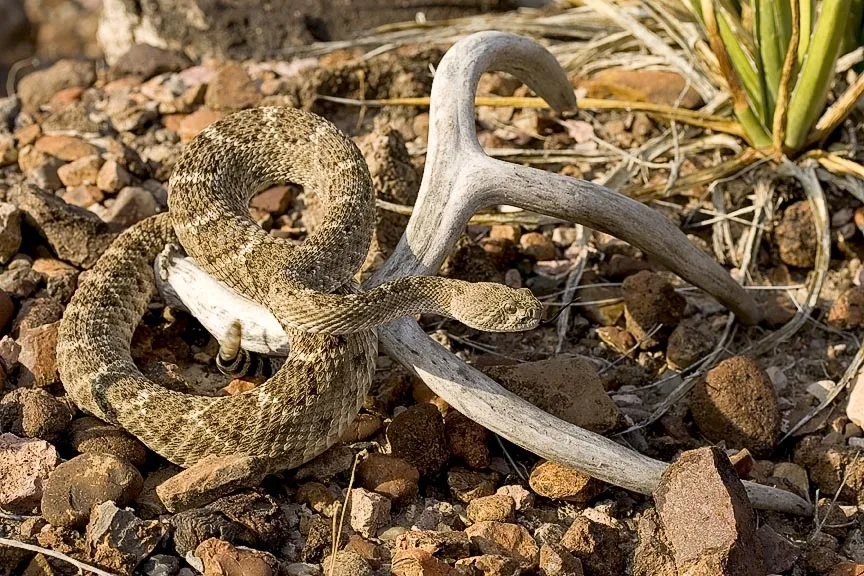 NPS Photo
NPS Photo
Most rattlesnakes are shy and avoid being seen. Western Diamondbacks, on the other hand, are enormous and aggressive. Growing to 4 to 6 feet in length, they’re the largest species of rattlesnake in North America.
Texas Horned Lizards
These guys can be a little harder to find, at only about 5 inches long. They’re known for their spiky bodies, but also their unbelievable ability to shoot blood from their eyes.
Wildlife Viewing Tips and Safety Practices
Wildlife is abundant in Big Bend, even in the hottest months. Here are some pieces of advice to find your favorite desert critters.
- Places with water are the best spots to look for wildlife. Rio Grande Village, Dugout Wells, and Santa Elena Canyon all have water that attracts wildlife.
- Dawn and dusk are the best times to look for wildlife.
- Keep quiet and still, and remember: patience is key!
- Remember to keep your distance from wildlife, including the farm animals that wander into the park.
- Don’t feed any wildlife. If it has a mouth, it can bite!
- It’s not recommended to hike alone.
Explore Big Bend with Shaka Guide
Explore Big Bend National Park with a self-guided driving tour from Shaka Guide. We provide directions, trip planning advice, and stories throughout the park, all through your phone. Enjoy learning about the area’s history, culture, geology, and wildlife while you explore the park at your own pace.
Ready to take the tour? Check out Shaka Guide's Big Bend National Park Tour!
We hope that we’ve given you all the information you need to make the most of your day. Your vacation is extremely important to us so if you have any questions feel free to reach out at aloha@shakaguide.com.
For more detailed information to help you plan, check out our Big Bend National Park Itinerary and Know Before You Go article.
Like this article? Share it on Pinterest!
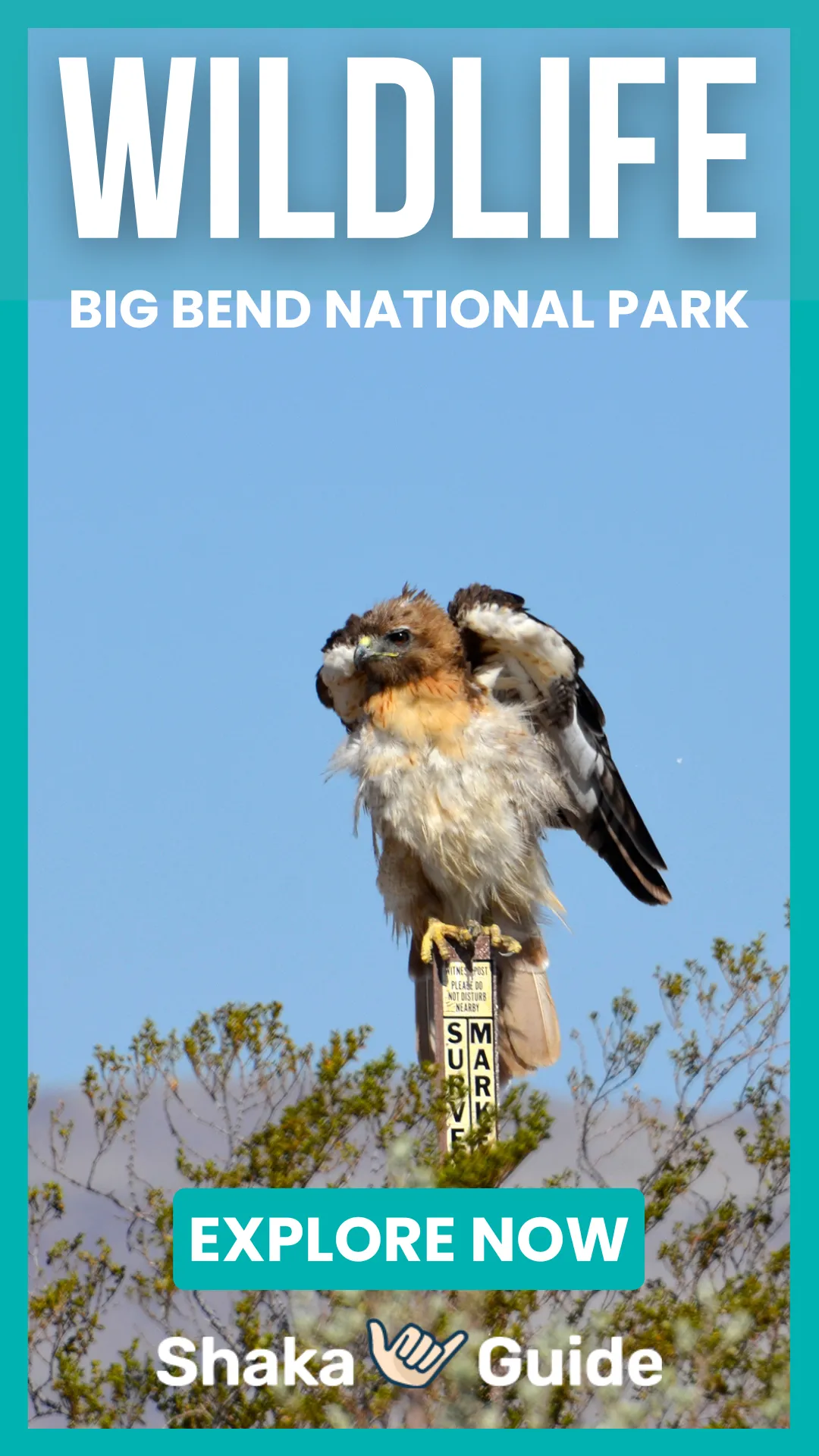
RELATED ARTICLES:
Best Things To Do in Big Bend National Park
Is Winter A Good Time To Visit Big Bend National Park?
Where Can You Stargaze in Big Bend?

Matt Caracciolo is a travel writer based in Ohio and author of the Shaka Guide tour for Yosemite. Born and raised in Columbus, Matt fell into travel writing while teaching English abroad in South Korea.
He has written two travel books, including the Moon Ohio guidebook, and enjoys writing and editing tours for Shaka Guide. Matt follows Mark Twain’s belief that “travel is fatal,” embracing travel as a way to learn more about the world and ourselves.

